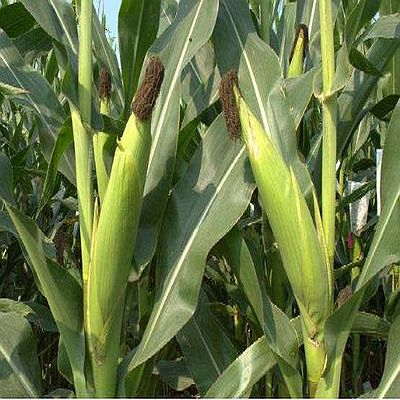Chlormequat chloride——Excellent plant growth regulator
Chlormequat chloride is a quaternary ammonium salt plant growth regulator, with white crystal appearance, fishy smell and easy deliquescence. Melting point 245 ℃ (partial decomposition). It is easily soluble in water, and the concentration of saturated aqueous solution can reach about 80% at room temperature. Insoluble in benzene, xylene, absolute ethanol, soluble in propanol. It is stable in neutral or slightly acidic medium and can decompose when heated in alkaline medium. Chlormequat chloride is an excellent plant growth regulator, which can be used in wheat, rice, cotton, tobacco, corn, tomato and other crops. It can inhibit the elongation of crop cells, but does not inhibit cell division. It can make the plant shorter, the stem thicker and the leaf color green. It can make the crops resistant to drought and waterlogging, prevent the crops from overgrowth and lodging, resist salt and alkali, and prevent cotton from falling the bell, It can increase the tuber of potato. Chlormequat chloride is a low toxicity plant growth regulator, which can enter into plants through leaves, twigs, buds, roots and seeds to inhibit the biosynthesis of gibberellin in plants. Its main physiological function is to control plant overgrowth, promote reproductive growth, shorten plant internodes, short, strong, thick, developed root system, lodging resistance, dark green leaf color, increase chlorophyll content, enhance photosynthesis, improve fruit setting rate, improve quality and increase yield; At the same time, it can also improve the stress resistance of some crops, such as cold resistance, drought resistance, salt alkali resistance, disease and insect resistance. Chlormequat can be widely used in cotton, wheat, corn, rice, sorghum, peanut, soybean, tomato, cucumber, potato, sugarcane, apple, pear, peach, grape, citrus and other plants.
Uses of chlormequat: 1. Chlormequat can control the vegetative growth of plants (i.e. the growth of rhizomes and leaves), promote the reproductive growth of plants (i.e. the growth of flowers and fruits), and improve the fruit setting rate of plants. 2. Chlormequat can regulate crop growth, promote tillering, increase panicle and yield, increase chlorophyll content after use, make leaf color dark green, strengthen photosynthesis, thicken leaves and develop roots. 3. Chlormequat blocks the biosynthesis of endogenous gibberellin, thus delaying cell elongation, dwarfing plants, stout stems, shortening internodes, and preventing plant overgrowth and lodging. The inhibitory effect of chlormequat on internode elongation could be relieved by external application of gibberellin. 4. Chlormequat can improve the water absorption capacity of roots, significantly affect the accumulation of proline (stabilizing cell membrane) in plants, and improve plant stress resistance, such as drought resistance, cold resistance, salt alkali resistance and disease resistance. 5. The stomatal number of leaves decreased and transpiration rate decreased after chlormequat treatment, which could increase the drought resistance. 6. Chlormequat is easily degraded by enzymes in soil and is not easy to be fixed by soil, so it does not affect soil microbial activities or can be decomposed by microorganisms. It does not contain chlorine or bromine atoms and has no ozone depletion effect, so it does not harm the environment.

